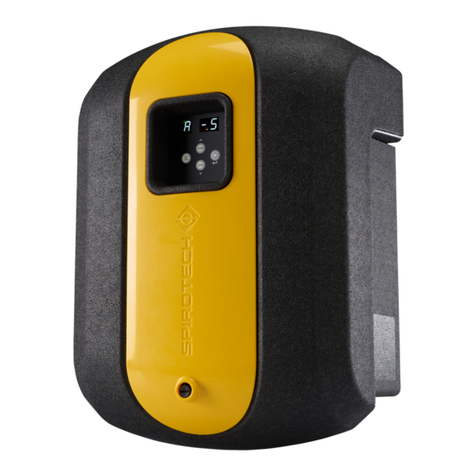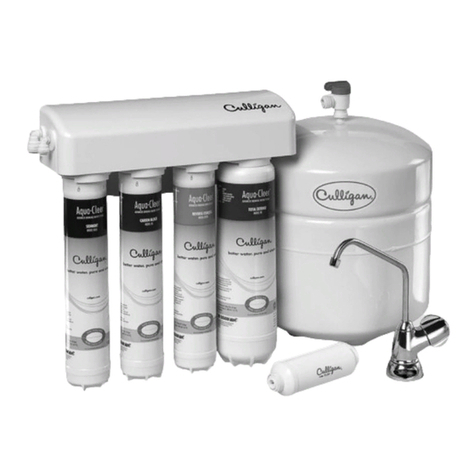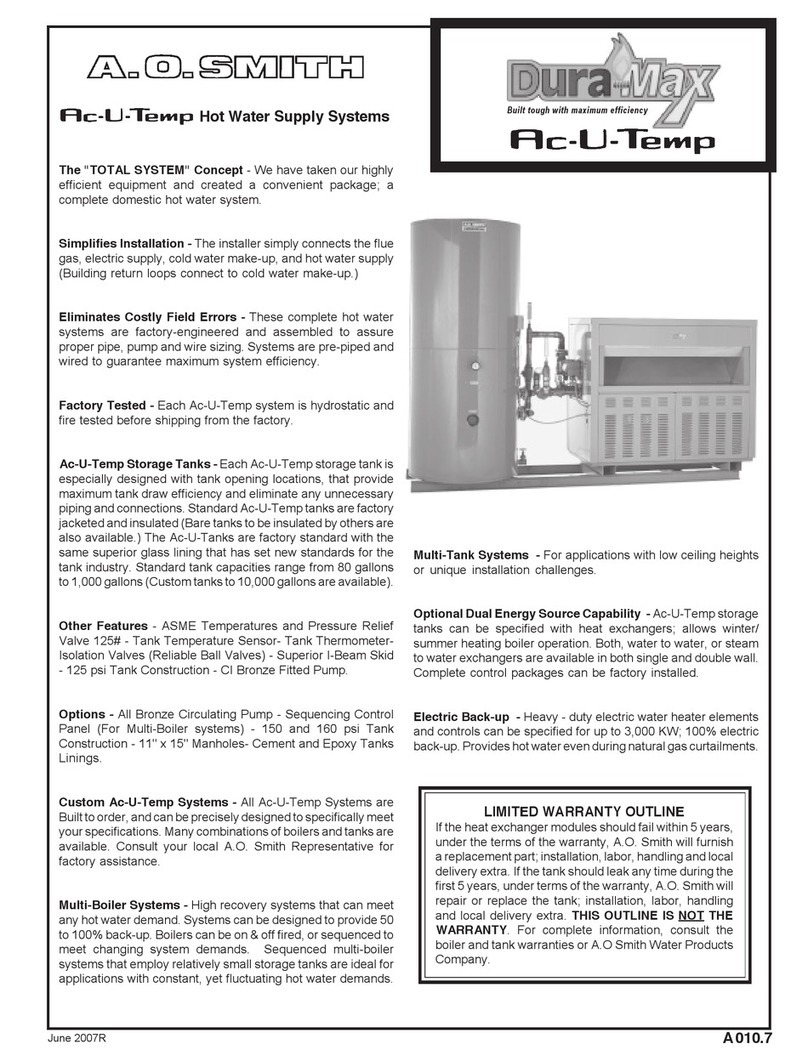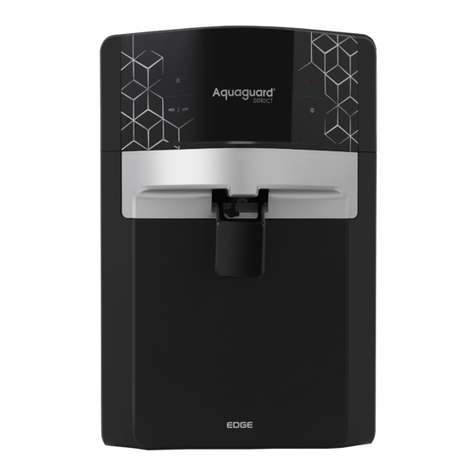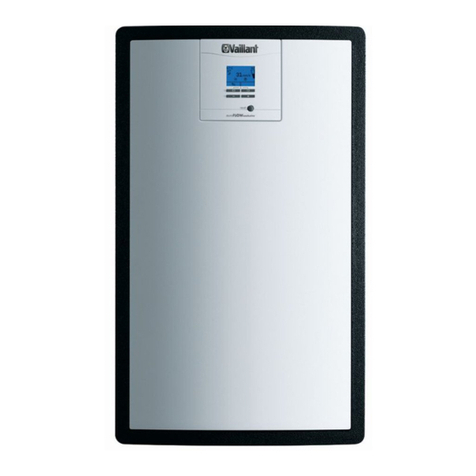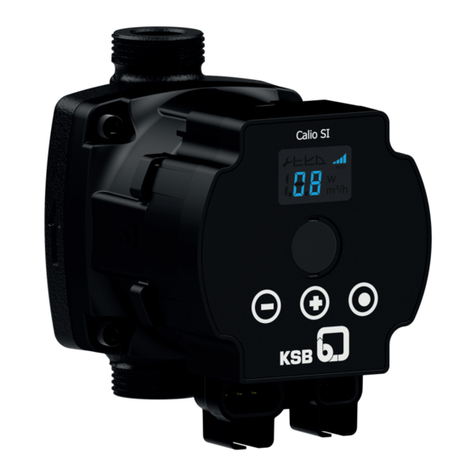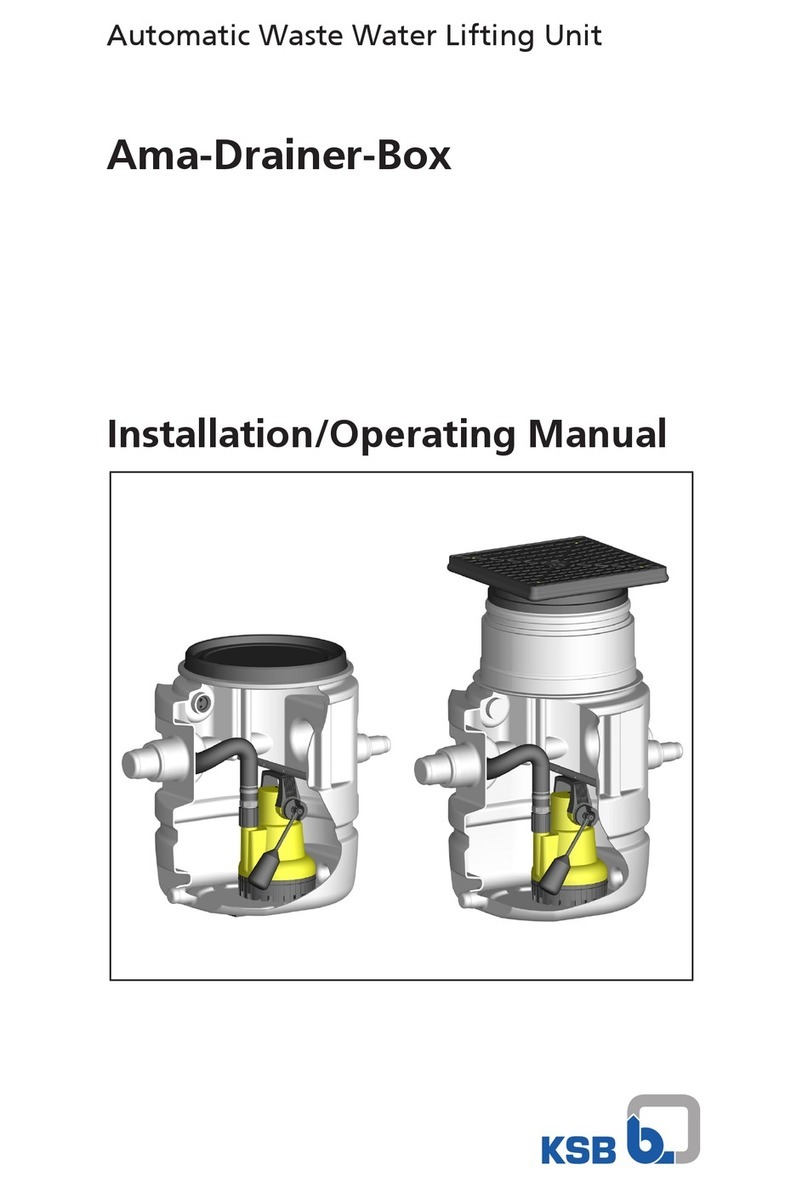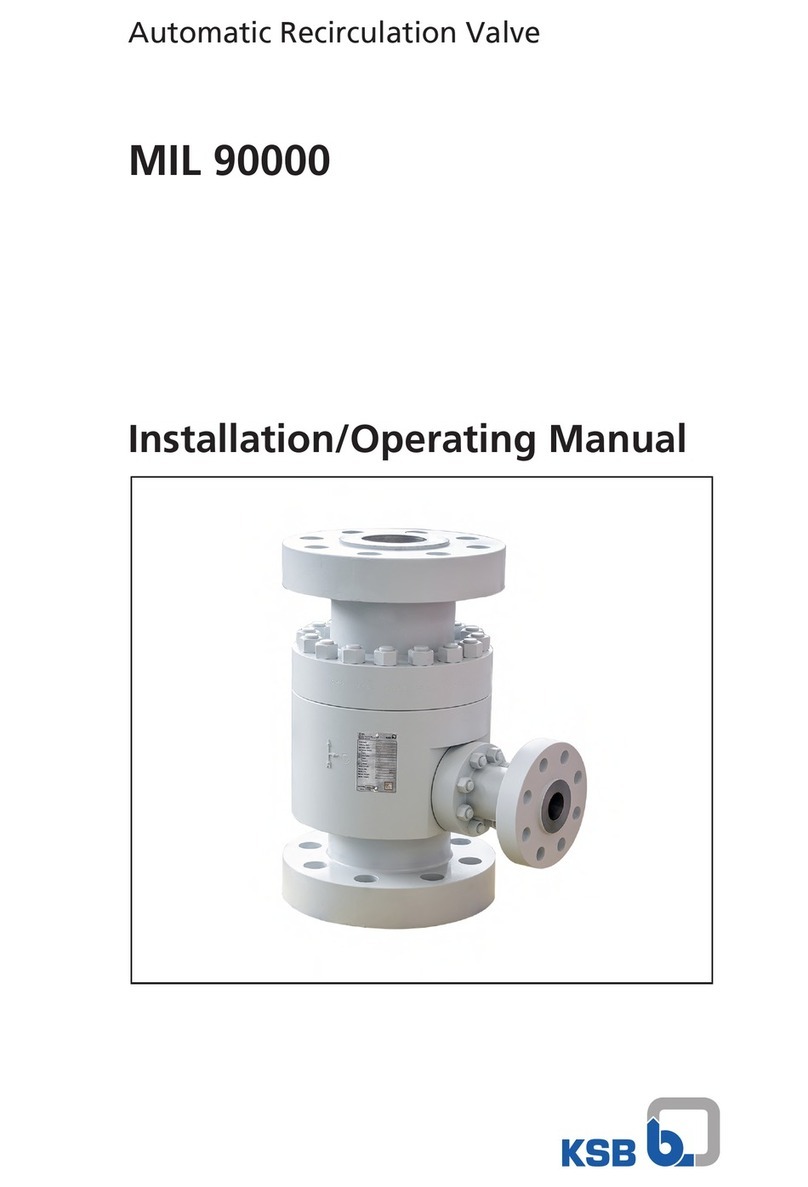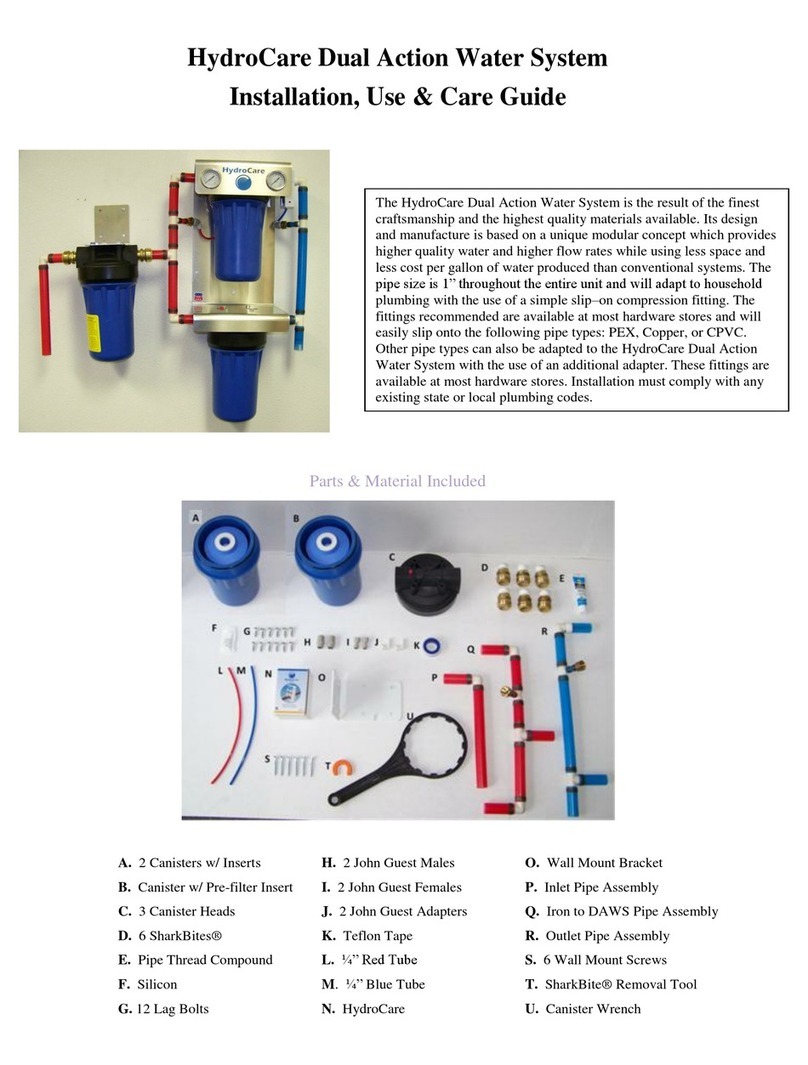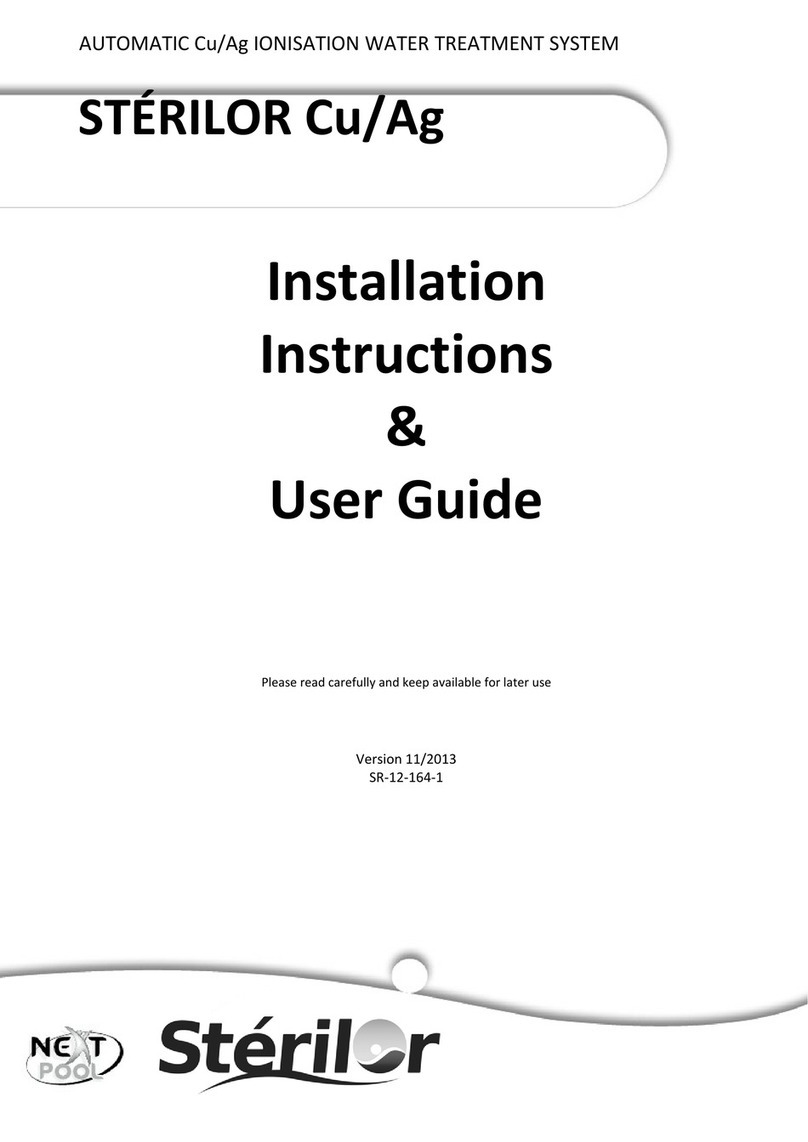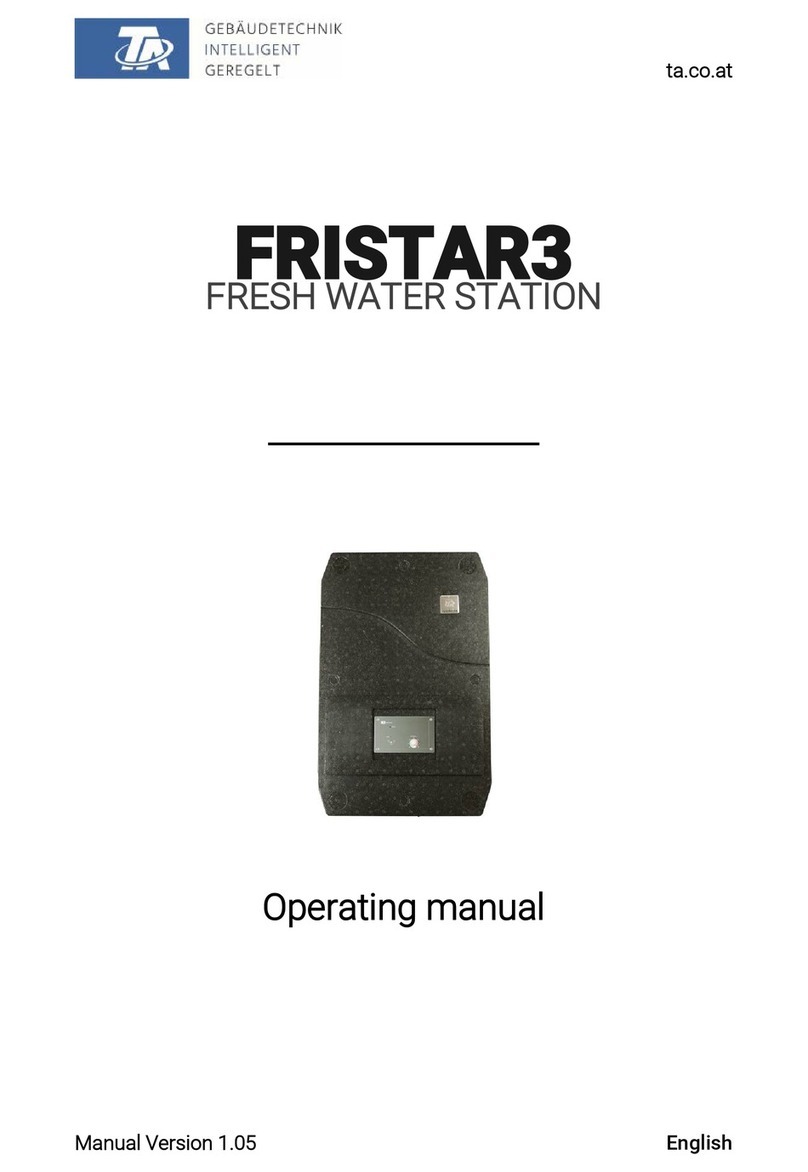Glossary
Above-floor box
Automatic waste water lifting unit for above-
floor installation
Backflow loop
The section of the discharge pipe of a waste
water lifting unit that is located above the
flood level
Backflow loop
The section of the discharge pipe of a waste
water lifting unit that is located above the
flood level
Certificate of Decontamination
A certificate of decontamination is enclosed by
the customer when returning the product to
the manufacturer to certify that the pump (set)
has been properly drained to eliminate any
environmental and health hazards arising from
components in contact with the fluid handled.
Check valve
Element of a waste water lifting unit which
prevents waste water from flowing back from
the discharge line into the lifting unit.
Collecting tank
Component of a waste water lifting unit in
which the incoming waste water is stored in
unpressurised condition prior to automatic
lifting.
Domestic waste water
Faecal-free waste water (grey water) from
washbasins, showers, washing machines, etc.
Dual-pump unit
Waste water lifting unit containing a duplicate
pumping device which starts up automatically
as necessary.
EN 12050-2
European Standard for waste water lifting units
which are used to dispose of faeces-free waste
water occurring below the flood level of
buildings and land. It defines general
requirements as well as principles of
construction and testing.
Inlet line
Pipe used for draining waste water from
sanitary installations into the lifting unit
Noise characteristics
The noise emission to be expected, indicated as
sound pressure level LpA in dB(A)
Nominal diameter DN
Identifier (inside diameter) used for
characterising mating components such as
pipes, pipe connections and fittings
Stormwater
Water from natural precipitation which has not
been contaminated by any form of use
Submersible motor pump
Submersible motor pumps are floodable, close-
coupled units which are not self-priming. The
pumps are usually operated completely
submerged. They may be operated outside the
fluid for short periods of time, until the
minimum fluid level has been reached.
Underfloor box
Automatic waste water lifting unit for
underfloor installation in substructures and
foundations.
Waste water
Faecal-free waste water (grey water) from
washbasins, showers, washing machines, etc.
Waste water
Water which has been changed by some type
of use, e.g. domestic waste water
Waste water lifting unit
Device for collecting and automatically lifting
faecal-free waste water above the flood level
White tank
Waterproof concrete structure. Water-
impermeable concrete is used to produce a
waterproof "tank".
Glossary
Ama-Drainer-Box 5 of 62
